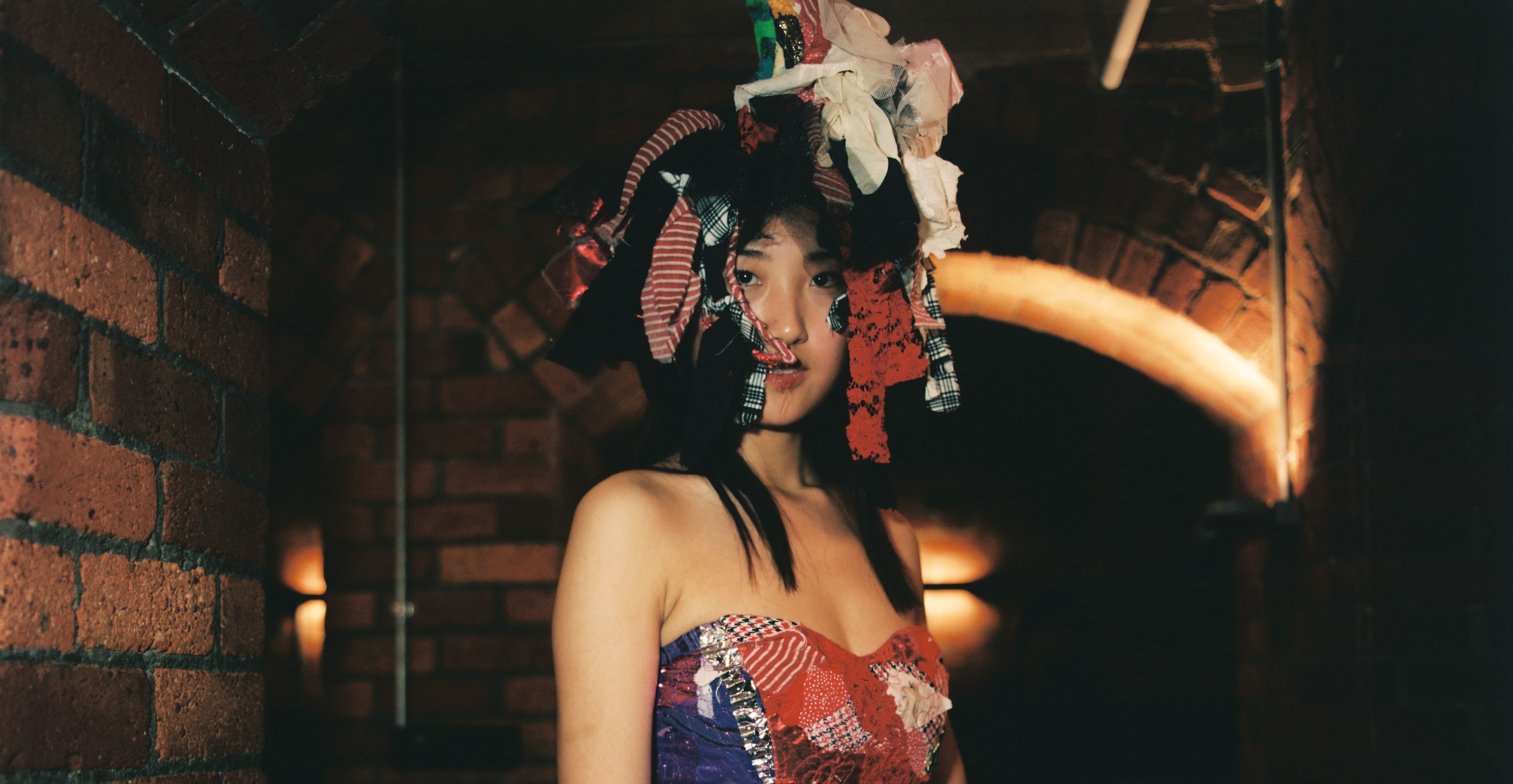By Alexandra Middleton | @AlexandraMidd16
Photo by: Jamie Tung | @weekly_jam
Wearable fashion and collaborative couture were major themes on RMIT’s Catwalk Club Runway last Friday March 8, as part of the Virgin International Melbourne Fashion Festival (VAMFF).
Held at RMIT’s intimate First Site Gallery, exhibiting student artwork combined with fashion to provide a unique runway for designers to showcase their collections.
Bachelor of Fashion Technology graduate Rosanna Li said being part of VAMFF is a great opportunity for students to grow and experience the unknown.
“VAMFF is a major international fashion event, for a student to participate at that level of exposure is an exciting challenge,” Li said.
This was Li’s second consecutive VAMFF runway, having participated in the event last year.
Also returning to the VAMFF runway for the second year in a row was Jade Mercedes, a Bachelor of Art (Textile Design) graduate. Her collection explored the concepts of wearability and adaptability, inspired by the urban landscape and the ways in which people live within the environment.
“It’s really looking at the connection we have to our clothing and how that intertwines with our surroundings and our lifestyles,” Mercedes said.
Where some designers engaged in concepts of wearability, others explored the distinctive combination of wearable fashion and high art.
Oversized cubes, transparent materials and a colourful dress of dreams were some of the more daring designs on display.
First year Bachelor of Fashion Design student Tess Hoeing’s design was inspired by her childhood dreams, which included her own childhood drawings digitally printed on fabric.
“My childhood dream was to become a fashion designer,” Hoeing said. “I’m still holding on strong to that dream”.
Li said the Catwalk Club fashion show has also been a way to reach out to photography students and models, forming an interdisciplinary community.
“We’d love to welcome all fashion students, RMIT business students, photography students, graphic design students, arts students,” Li said. “Anyone who thinks they can use the club and contribute to the size of the network”.
Mercedes agreed the show embraced a collaborative environment in an otherwise ‘cut-throat’ industry.
“It’s a really great experience in terms of collaborating with each other, supporting each other as well, and building that sense of community. Even the process of dressing the models, it was sort of collaborating with them to figure out how they felt comfortable wearing the items,” Mercedes told Catalyst News.
The show concluded with a final walk down the non-traditional runway, led by Mercedes.
Models and designers strutted up and down mini hallways and around corners as applause filled the underground gallery.
Hoeing hoped the designs featured on the runway, as well as the nature of the show itself, would inspire and delight audience members.
“Anytime I watch a show I really want to come out inspired. Inspired to create my own new pieces of artwork, inspired to even have a different outlook on life”.
Although this year’s show was downscaled in size, having moved venues from the Media Portal to the First Site Gallery, Li is confident the show will still act as a vehicle for RMIT’s fashion community to prosper.
“RMIT already has a deserved reputation for nurturing innovative talent,” she said. “[The show] is just showing a few more examples of that”.
RMIT’s Catwalk Club hopes to return to the VAMFF runway for the third year in a row in 2020.


